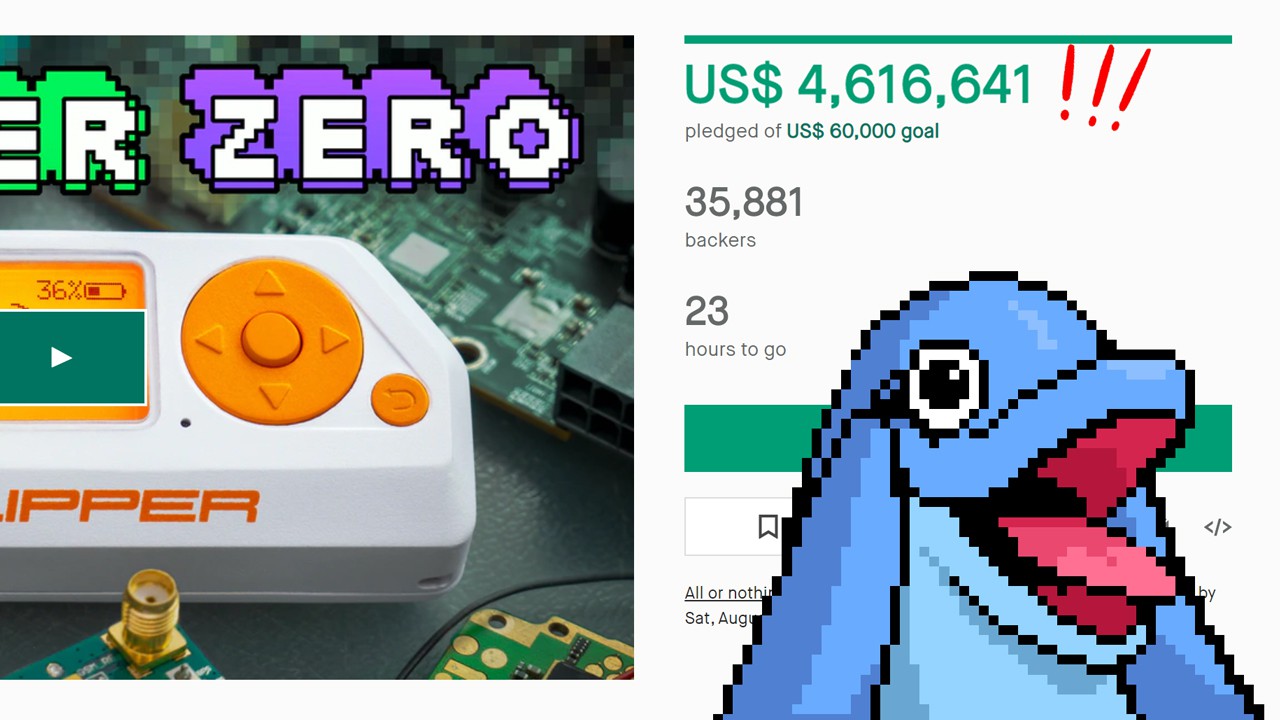
Flipper Zero's Kickstarter campaign had a very successful start — on the first day, we raised a whopping $1 million! This number grew, and to date, we have raised nearly $5 million. We’re just shocked by such a result, that’s an amazing achievement. It also makes the project in a more safe position, as such a large amount is an airbag that greatly increases the chances of a product’s success in these hard times of epidemics and cataclysms.
Now we are in the last hours till the end of the campaign and we decided to summarize the results.
Stretch goals

From the beginning, we set flexible goals for additional features. These features made development more expensive, so we calculated the minimum amount that we would need to implement these features.
- $100k — New colors
- $300k — Bluetooth LE
- $700k — NFC
As a result, all features were unlocked the very next day and now we are actively working on implementing them.
Bluetooth Low Energy
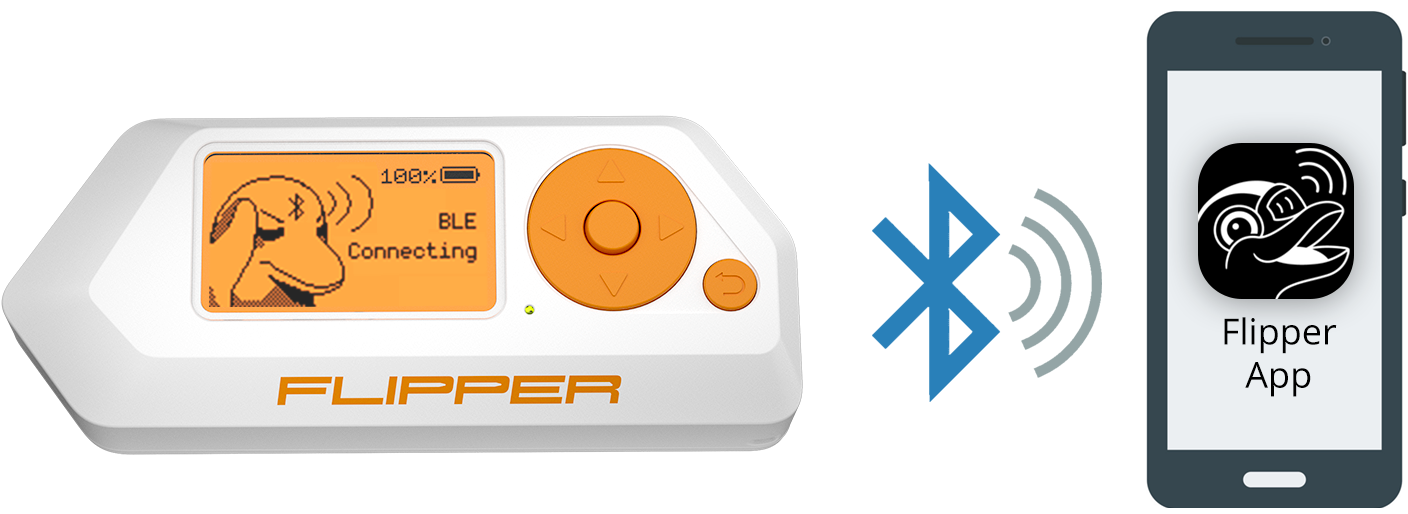
Adding Bluetooth required a significant redesign of the architecture, since we had to take a different MCU. Bluetooth LE will allow you to connect the Flipper to your phone or computer wirelessly for remote control and data transfer. At the moment, public repositories with mobile applications are already available in our Github, and soon we will fully open all repositories, including the firmware.
NFC
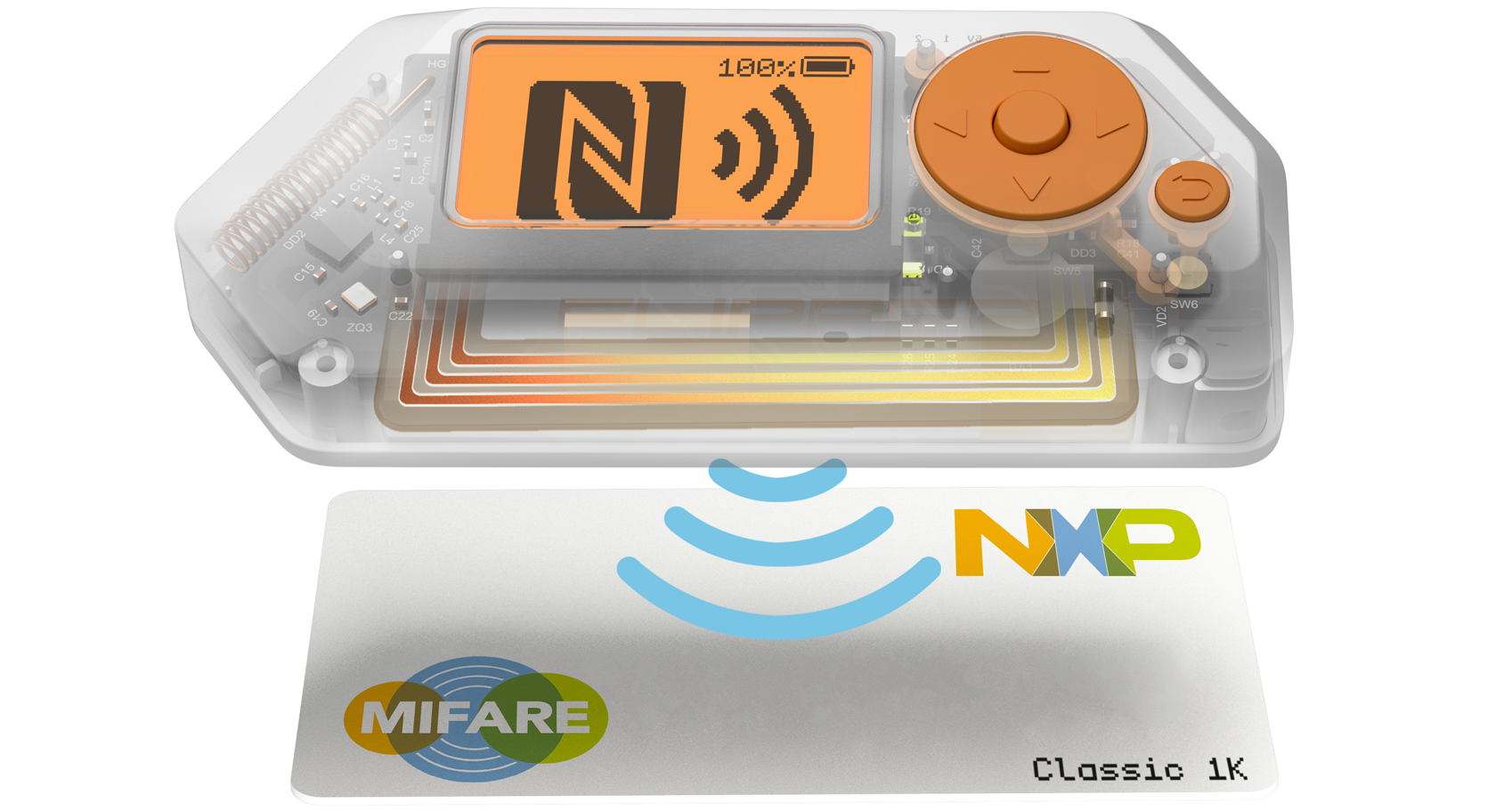
Among all Flipper Zero features, the NFC is one of the most difficult to implement. That’s why the goal was set at the high $700k level. NFC creates challenges in electronics design as we will need to place two RFID antennas on one PCB, as well as in firmware development, since emulating NFC cards is a rather difficult task that has not been fully solved.
SD-card for memory expansion
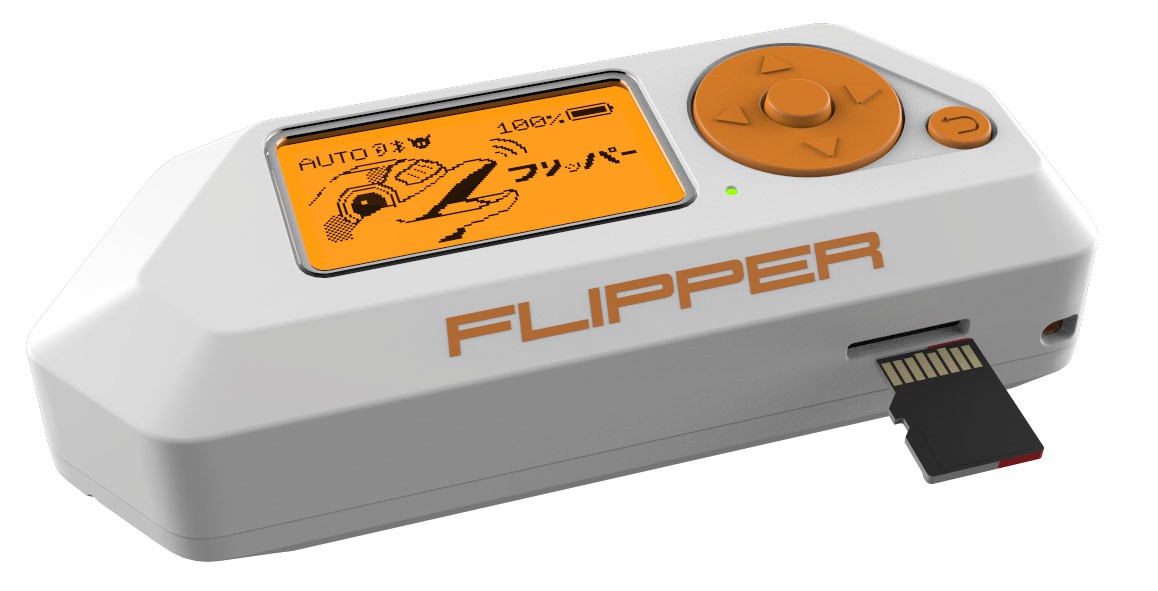
We argued for a long time about whether Flipper Zero needs additional memory, after all, 1MB of flash is four times more than the Arduino Mega. But this question disappeared when we saw a database of signals from infrared remote controls weighing 5MB. Then everything came down to mechanics, since the holder for the MicroSD card is huge, and there is very little space inside.
As a result, the Mechanical Engineering department confirmed that the holder fits, which means there will be an SD card! It will be possible to store dictionaries, signal databases, logs, scripts for bad USB, etc. on the card.
Developers program
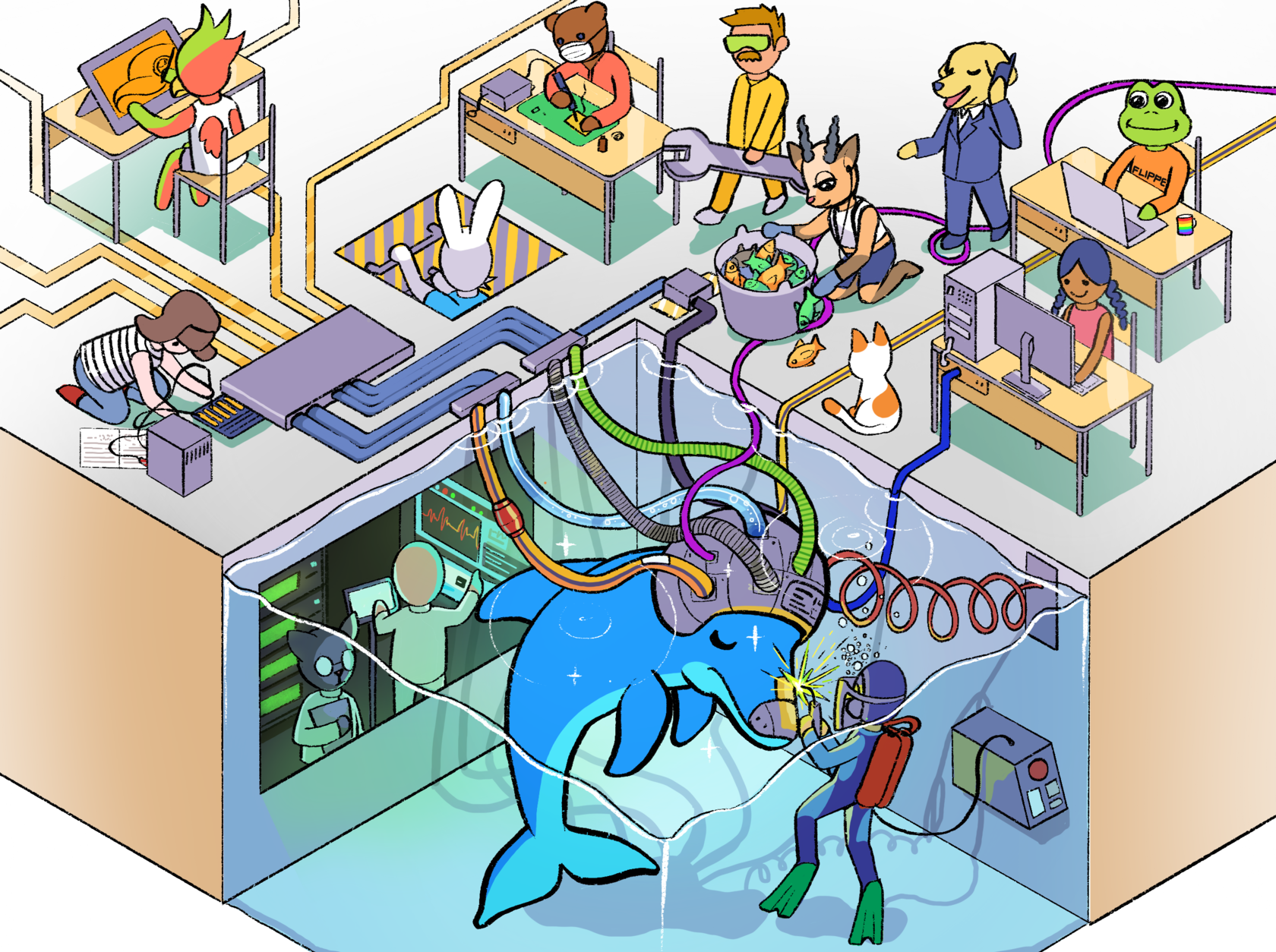
We believe that the community can create amazing things driven by enthusiasm. That’s why we’ve launched a public Developer Program, so everyone can participate in Flipper Zero development. More than 500 programmers and engineers have applied for participation up to this moment.
Thank you all

Many thanks to everyone who followed the project and supported us from the very beginning. We have a huge community that constantly helps us and without you nothing would have happened. We are very proud of what we have been able to achieve together.
 Pavel Zhovner
Pavel Zhovner
Discussions
Become a Hackaday.io Member
Create an account to leave a comment. Already have an account? Log In.